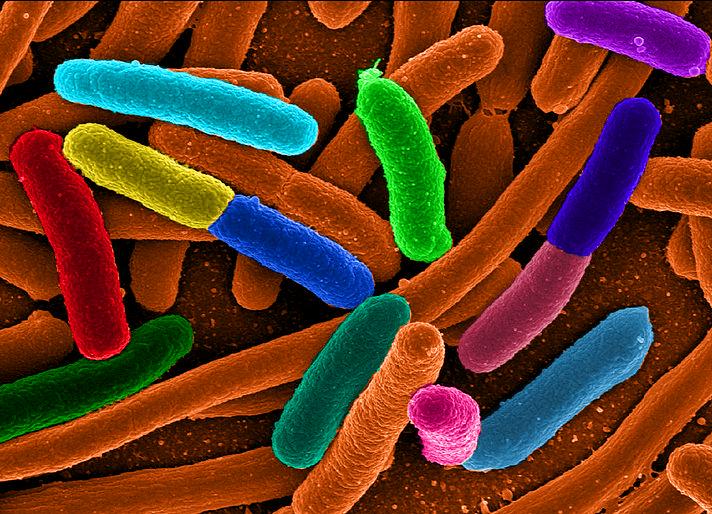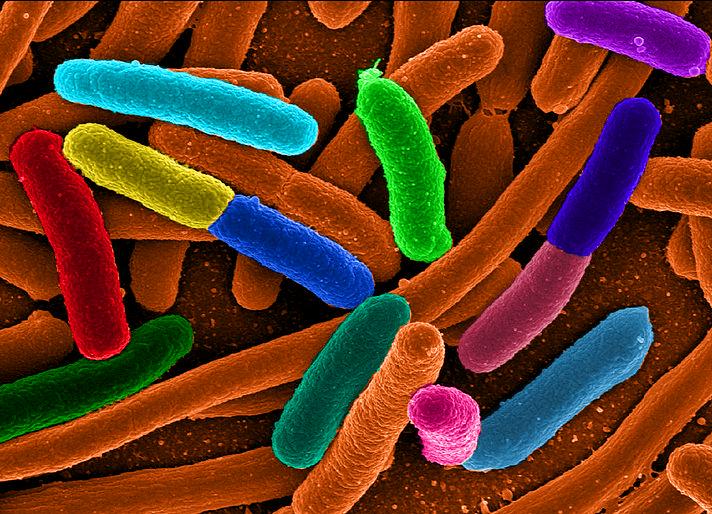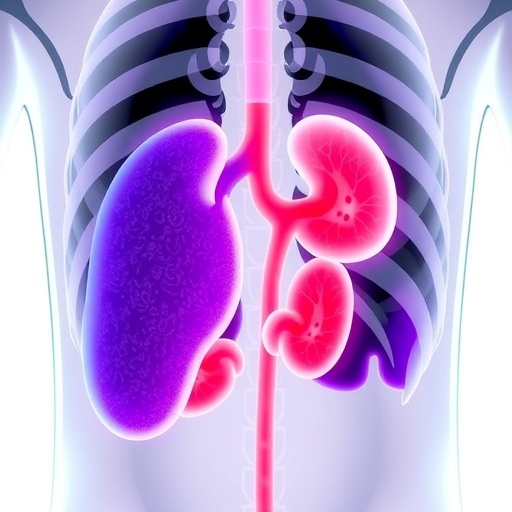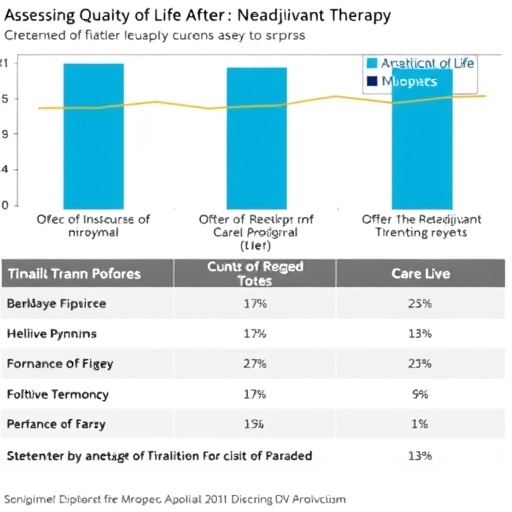
Credit: Mattosaurus via wikimeida, public domain
Understanding how and when cells divide is important to figuring out everything from how cancers grow to why some mammals are able to get so big. A new study of E. coli cell data, published November 7 in Science Advances, sheds new light on a long-standing question about what triggers cell division.
Previous studies suggest that to divide, a cell has to divvy up chromosomes and make a full copy of its DNA for the new cell, and must also form a septum, or wall, to separate the new cell from the old one. But which process is the main trigger for cell division? One existing model suggests that when a cell divides depends primarily on when DNA replication is complete, while another suggests that septum formation is the key catalyst. The new analysis, presented by scientists at IFOM at the University of Milan in Italy, the Santa Fe Institute, ETH Zurich in Switzerland, Sorbonne University in France, and other universities suggests the answer is that both need to happen concurrently.
"There is not a unique process that determines when the cell divides," says Jacopo Grilli, a biological physicist with the Santa Fe Institute, who co-authored the study.
"What we observed following the cells one by one is in fact a process similar to the 'just in time' supply chain, a process in which the arrival times of the different materials in an [automobile] production line are coordinated with the moment in which they are needed, and the longest arrival time determines the actual speed with which the line proceeds," explains co-author Gabriele Micali of ETH Zurich. "This represents a change in the conceptual framework that puts this crucial passage of the cell cycle re-read in a new perspective."
Their new model, which re-analyzes existing data, could be useful for studying how any kind of organism grows, not just bacteria, Grilli adds. "Being able to understand which processes determine cell division in bacteria could also be important to study other organisms, like eukaryotes, mammalian cells, cancer and so on."
A separate but related study by the same research team, published in Cell Reports October 16th, zeroes in on the mechanisms that control DNA replication and cell division. That paper, which complements the findings of the Science Advances study, found that the previous assumption that replication is the "bottleneck process" for cell division is too limiting and fails to recognize the role that simultaneous cycles play in determining when a cell divides.
Both papers demonstrate the benefit of making sure every possible correlation is explored in a complex data set, Grilli adds. "In biology or in other fields, we always think we need to get more data and more precise data to answer the question — that if we collect enough data questions are going to answer themselves. But we also need good ways to look into the existing data," he says. "What I like about these two papers is they push the data to their limits, so we can see where the models fail and understand what we previously had not understood in the data."
The next challenge, according to the senior and corresponding author Marco Cosentino Lagomarsino of IFOM, is to understand the mechanism that coordinates the two processes. "The answer to this question could provide valuable indications for pathological situations [like genomic instability and cancer], in which the coordination between the division cycle and that of the chromosome is disrupted."
###
Media Contact
J Marshall
[email protected]
505-946-2798
@sfi_news
http://www.santafe.edu





